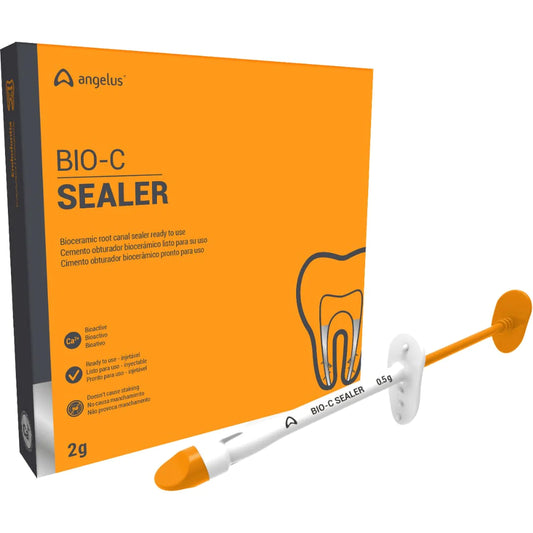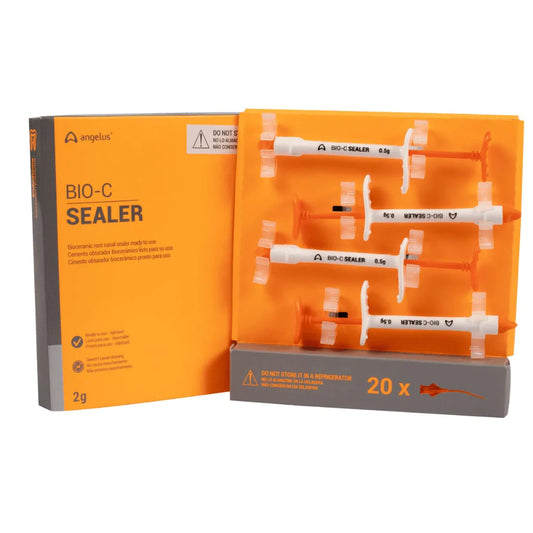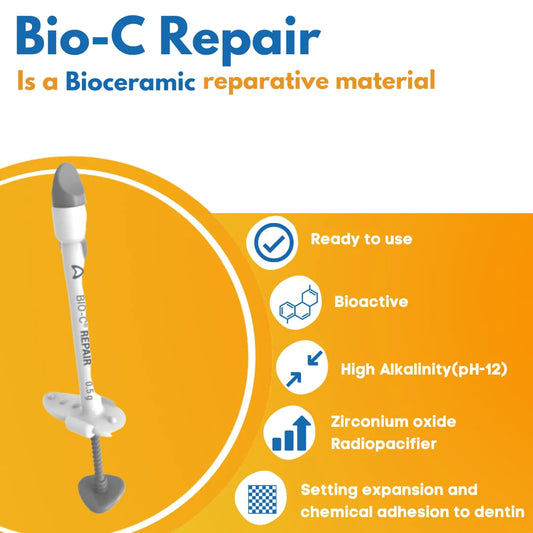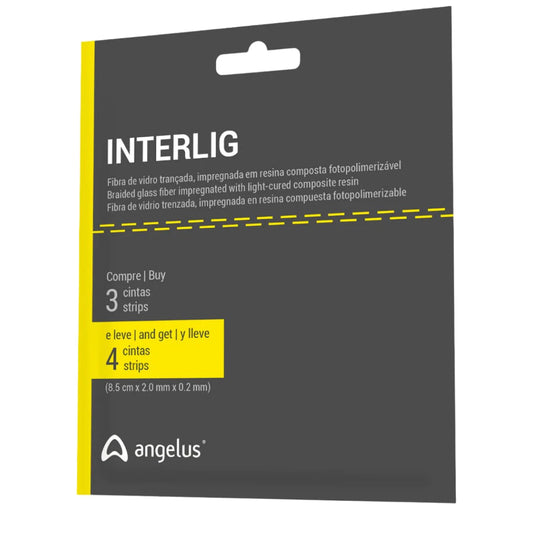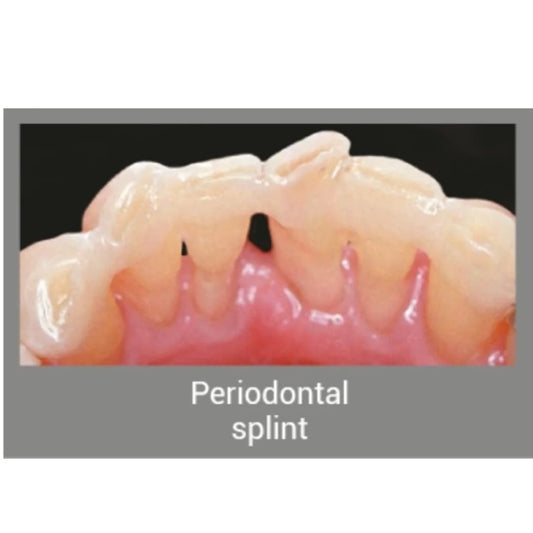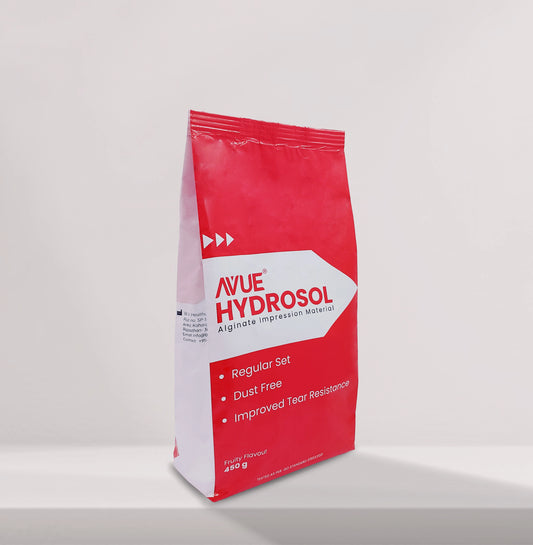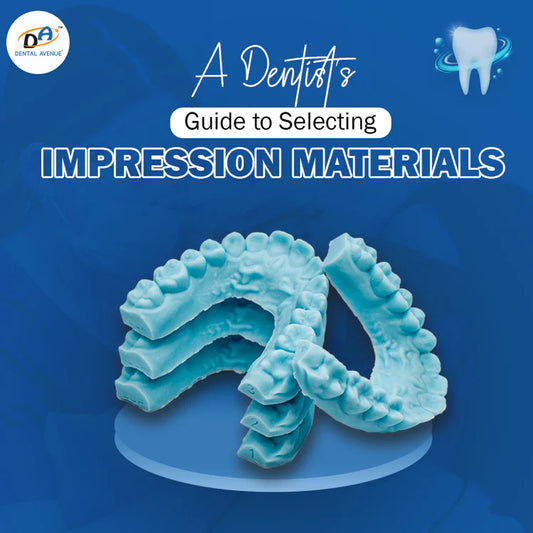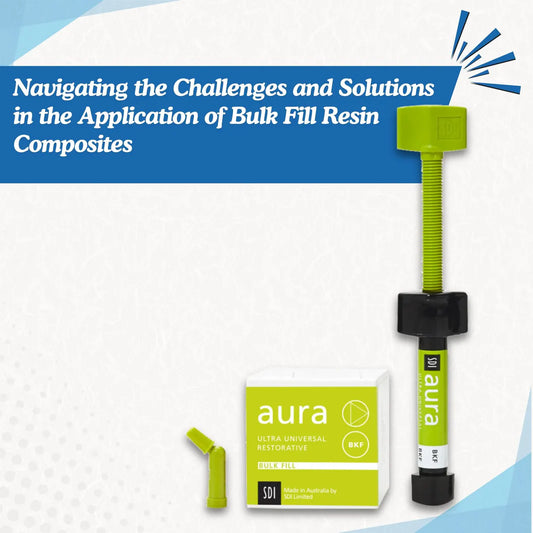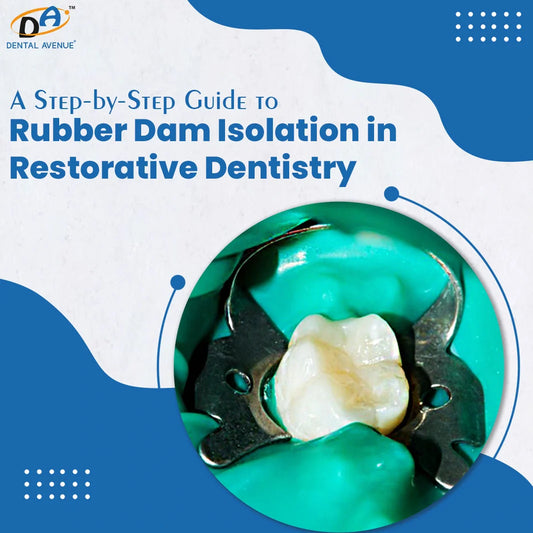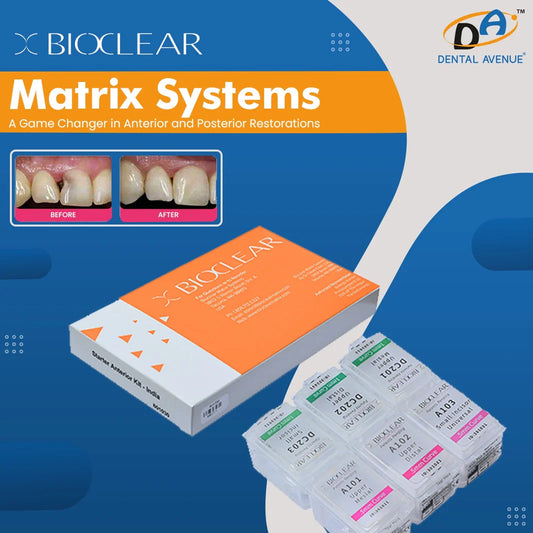You’ve seen the before-and-after photos. You’ve heard your dentist say, “Dental implants are the gold standard.”
But one question still holds you back:
“Do dental implants hurt?”
Let’s be honest, anything involving drills and jawbones sounds intimidating. But here’s the twist: you’re likely overestimating the pain (and you’re not alone).
Let’s break it down, myth-bust a little, and get honest about the actual pain levels, how long they last, and how you can stay ahead of them.
Also, you can explore top-notch dental products & equipment for your clinic.
First Things First: What Exactly Happens During Implant Surgery?
Imagine you’re building a house. You need to lay a foundation before putting up the walls. A dental implant is like laying that strong foundation, a titanium post that replaces your missing tooth root. Precision tools like endo access burs or rotary files may assist clinicians during complex implant procedures when combined with endodontic intervention.
Here’s what goes down:
-
Your dentist numbs the area (you won’t feel a thing).
-
A small hole is made in your jawbone (sounds scary, but it's a controlled procedure).
-
The implant is placed.
-
You go home with pain meds and a list of soft foods.
You’re not under general anaesthesia, but most people say the procedure is smoother than expected.
Okay, But Be Real, is the Implant Painful Afterwards?
Fair question. Short answer? Yes, a bit but it’s very manageable.
According to a study, implant patients report significantly less pain than those with teeth extracted.
What to expect:
-
Initial days (2-3 days): Soreness, swelling, maybe a dull ache, but that is well managed by the dentist, who prescribes medication for post-operative pain and any discomfort
-
By Day 7–10: You’re likely back to normal. The healing may involve temporary use of temporary tooth filling material in adjacent teeth or earlier procedures.
Compare that to an infected wisdom tooth extraction, and implants start to sound…not so bad, right?
AlQutub AW. Pain Experience after Dental Implant Placement Compared to Tooth Extraction. Int J Dent. 2021;2021:4134932. doi:10.1155/2021/4134932
A Word from the Chair: How Dentists Help Patients Push Past the Fear
Here’s what dental professionals often see: fear of pain is usually worse than the pain itself.
Dentists who specialise in implantology know this and they’re trained to walk patients through the journey calmly. Whether it’s by breaking down the process in simple terms, managing expectations, or using tools like dental diamond burs for precision cuts,, the best dentists turn anxiety into assurance.
Recommended Read - Heavy Body vs. Light Body: A Detailed Comparison of Impression Materials
Why the Pain Isn’t as Bad as You Think
Here’s what the science (and real patients) say:
The procedure is performed under Local Anesthesia, so you won't feel the pain
Recent Advancements in procedures like Flapless implant placement have been shown to reduce surgical trauma and to save time, thereby causing less patient discomfort
In fact, the study we mentioned earlier says most patients felt less disrupted in their daily life after implants than after extractions.
Romandini M, Ruales-Carrera E, Sadilina S, Hämmerle CHF, Sanz M. Minimal invasiveness at dental implant placement: A systematic review with meta-analyses on flapless fully guided surgery. Periodontol 2000. 2023;91(1):89-112. doi:10.1111/prd.12440
What You Can Do to Stay Comfortable
Let’s make this easy. Here’s your go-to recovery kit:
-
Ice pack for the first 24 hours.
-
Painkillers (your dentist will prescribe or recommend OTC options).
-
Soft foods: think smoothies, mashed potatoes, soup.
-
Rinse gently with salt water.
-
No smoking, no straws, no intense workouts.
-
Gentle Brushing and Mouthwashes are advised to keep the area clean
Recommended Read: Learn the trends & techniques of Aesthetic Dentistry.
GUIDE FOR DENTISTS -
It requires thorough planning, surgical precision, and patient-centered care.
1) Pre-operative Phase-
- Assess Proper medical and dental history
- Radiographic evaluation (OPG, CBCT) for visualization of bone height, bone density and to confirm the proximity of the dental vital structures
- Soft tissue evaluation
- Occlusal and prosthetic planning
- Patient preparation by educating the patient about the procedure, cost, and benefits of the procedure.
2) Intra-operative Phase-
- Strict sterile field, surgical scrub, and Instrument sterilization protocol are to be followed
- Ensure adequate access for proper visibility, along with soft tissue preservation.
- Follow proper drilling and irrigation protocol using tools like endo rotary files or endodontic files when combining endodontic procedures with implants.
- Aim for primary stability of the Implant while maintaining the correct placement angulation
3) Post-operative Phase-
- Prescribe analgesics and antibiotics to the patient
- Post-operative instructions, like soft diet intake, cold compresses, and oral hygiene instructions, are given to the patient
4) Follow-up and Maintenance Phase
- Assess healing after 7-10 days
- Proper Osseo-integration evaluation is done
- Educate the patient about Implant maintenance
Which type of Prosthesis with Delayed Loading vs Immediate Loading of Implants
| Paramater | Delayed Loading | Immediate Loading | Reference |
| Definition | Implant is loaded with prosthesis after 3–6 months | Implant is loaded with prosthesis within 48 hours | Su M et al., Int J Oral Maxillofac Implants, 2014; 29(2):344–352 |
| Osseointegration Time | Allows full healing and osseointegration | Healing and loading occur simultaneously | Esposito M et al., Cochrane Database Syst Rev, 2009 |
| Implant Survival Rate | 985 implants with 99% survival rate on 5-Year Survival Rate check | 258 implants with 60% survival rate on 5-Year Survival Rate check | Chen J, Cai M, Yang J, Aldhohrah T, Wang Y.. J Prosthet Dent. 2019;122(6):516-536.e5. |
| Marginal Bone Loss | Minimal | Comparable to delayed loading in Literature | Lang NP et al., J Clin Periodontol, 2003;30(3):197–209 |
| Risk of Implant Failure | Low | Slightly higher risk, especially in poor bone quality | Esposito M et al., 2009 |
Supporting Insight for implant sites from Chen et al., 2019 (Meta-analysis findings):
- Posterior maxillary sites consistently showed higher implant failure rates with immediate loading due to poor bone quality.
- Mandibular anterior region had highest success with immediate loading protocols
Key Factors Affecting Implant Outcomes (from Huang YC et al., 2023):
The expected clinical outcomes of implant therapy depend on multiple factors:
- Macroscopic design of the implant
- Surgical technique used during placement
- Quality and quantity of local bone in contact with the implant
Final Word: Should You Be Afraid?
Absolutely not. Dental implants are life-changing and they’re not nearly as painful as your imagination makes them out to be.
If your biggest fear is, “How painful is dental implant surgery?”, remember this:
The same study confirms: “Implant surgery is less unpleasant than tooth extraction with milder post-surgical pain.” – International Journal of Dentistry, 2021
So go ahead, restore your smile, reclaim your bite, and leave the fear behind.
Frequently Asked Questions (FAQs)
- Sedation dentistry (oral or IV sedation)
- Long-lasting anaesthetics
- Custom post-op medication plans
Discuss your concerns with your dentist beforehand so your treatment plan is tailored to your comfort level.

